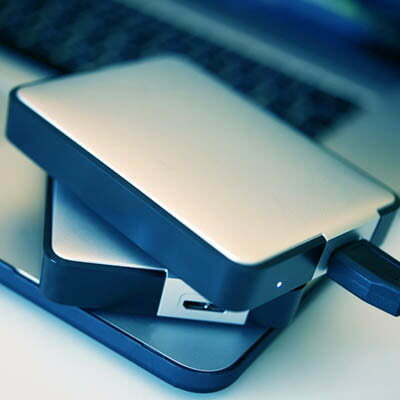How does your business handle its on-premise, physical data backups? This is a question that you don’t necessarily have to ask yourself under pressure of a looming data loss incident. Despite the cloud being the clear victor in terms of restoration and reliability, physical data backup is still an important part of the business continuity process. In the worst-case scenario, a physical backup can be helpful for getting back on track.
First, what do we mean by on-premise, or physical backup? This is the traditional type of data backup that is ran and stored at your location, as opposed to only having your backup in the cloud. Unless your data is already fully in the cloud, it’s crucial to have a physical backup of your files on site. Even if all of your data is in the cloud, it doesn’t hurt to have a local copy archived just in case.
Here are some helpful tips to consider when you are considering physical data backup for your business’ use.
Types of Physical Data Backup
It’s possible that your business is using all manners of physical data backup devices, even if you don’t initially realize it. The most common types of physical backup devices are USB hard drives, thumb drives (or flash drives), network attached storage (NAS), and tape-based backups. Most have their uses for your organization. A thumb drive could be a great way to make certain information portable. A hard disk drive or solid-state drive can be great for storing large amounts of data for portable use. Generally speaking, these devices aren’t necessarily recommended as reliable data backup for your business, but they do exist and are better than nothing. However, don’t EVER rely on a consumer-based storage solution like a USB drive to be the only backup you have.
Also, remember the more portable your backup is, the easier it is to get lost or stolen, and that opens up a whole other can of problematic worms.
Tape-based backups, on the other hand, are a different story altogether. They are meant to be used in tape backup systems that store data on magnetic tape and restore them in the event of an incident. In this case, it’s best to store your tape backups off-site and away from compromising events. Tape backup isn’t the most popular or efficient way of doing business continuity these days, as they are slow and arduous to use (especially when you need to get your data off of them) and hybrid solutions that store your data on disk while archiving it to the cloud have since taken over as the premier business continuity method. This saves the business from relying only on cloud backup, while protecting and ensuring their local physical backup.
How to Effectively Use Your Physical Backup
The most important part of using physical data backup is keeping it safe. This includes making sure that it isn’t misplaced or destroyed in the event of a disaster, as well as performing regular maintenance, monitoring, and cybersecurity protection. Physical backup solutions are just as vulnerable as the rest of your network, so the same level of care (if not more) needs to go into keeping them safe. With these things considered, you can build a physical backup solution that can come into play in the event of a disaster scenario.
The 3-2-1 rule is helpful for ensuring your business continuity is seamless. Basically, you want three copies of your data in total–one stored off-site or in the cloud just in case, one stored on-site for easy access, and the original that you use.
The Importance of On-Premise, Physical Backup
If your data is safely backed up in the cloud, why do you need to put so much care into ensuring that it is also backed up at your location? It comes to a matter of convenience and peace of mind. The cloud isn’t infallible. Even though cloud solutions promise redundancy and near constant uptime, it doesn’t mean something can’t happen. Keeping a copy of your backup on a local device is an extra measure to ensure that you’ll still be in business after a catastrophic data-loss event. Plus, it is more convenient to restore a single file or directory from a local backup than spinning up the data from the cloud in most cases.
In other words, your backup solution needs to have both an onsite and an offsite component.
Does your business need data backup or disaster recovery? If so, I.T. Solutions of South Florida can help. To learn more, reach out to us at 561-582-9467.





